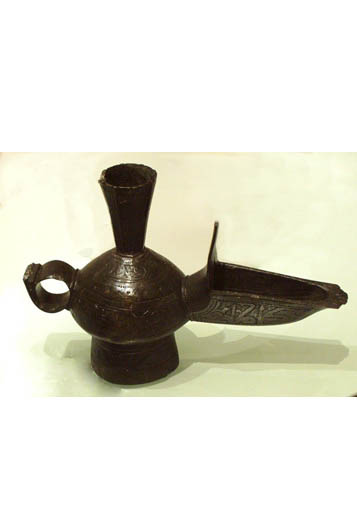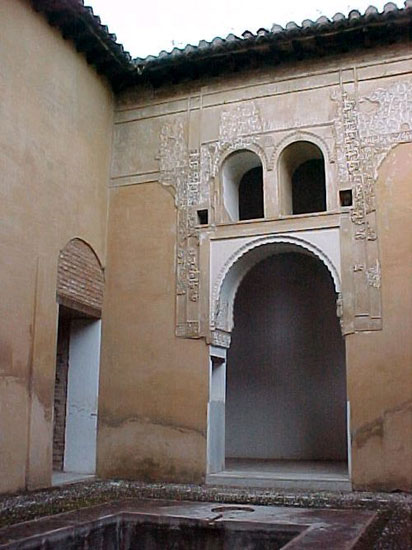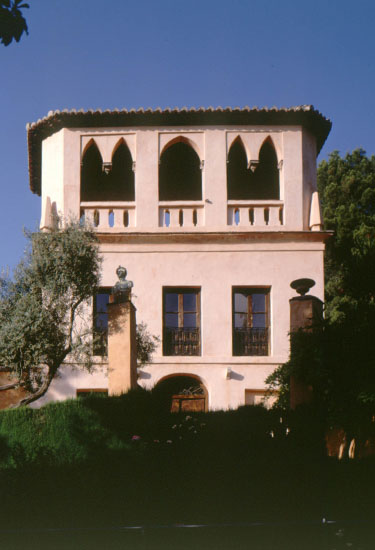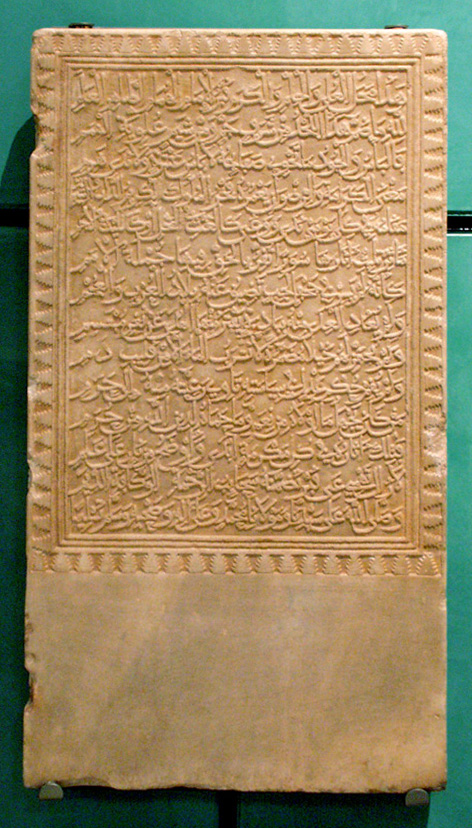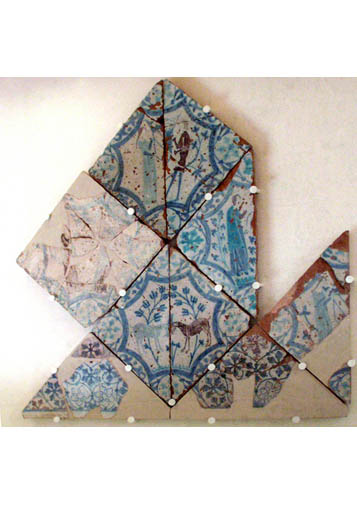Foundational Tablet of Maristan
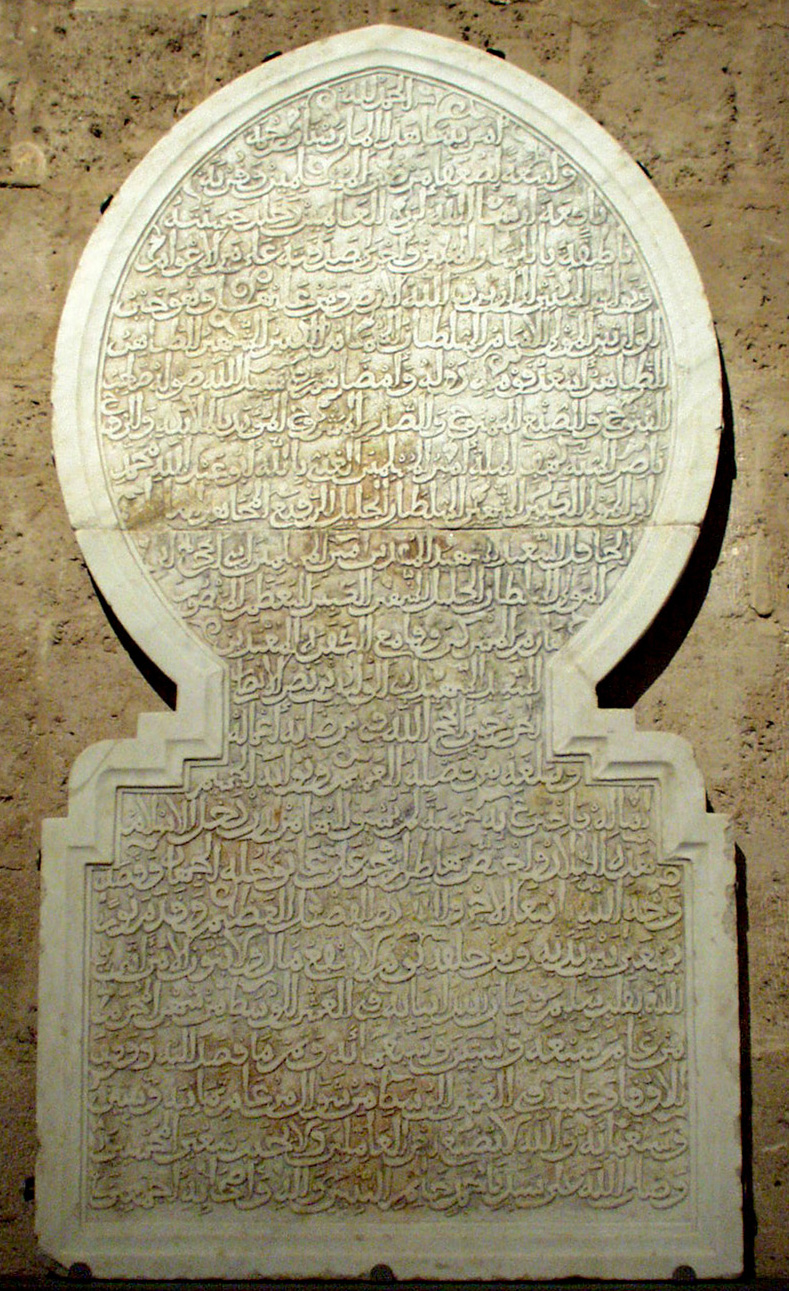
Opening time: Saturdays from 12.00am during January.
Place: Hall IV, Museum of the Alhambra, Palace of Charles V.
After a general overview about the Maristan institution, the piece itself and its inscription, which has been fully preserved, reveals the date of construction, the name of the sovereign that commanded its construction and the aim of the institution.
The tablet is rectangular in shape and the upper side ends in a pointed horseshoe arch. It is made of marble with the text engraved on it and with some plant motifs.
The Maristan of Granada, according to the text, was a singular building. This means that either it was the first building built in Al-Andalus or that it was a magnificent construction of which unfortunately very little remains. Probably the text refers to this second explanation. We have no data about the patients that were attended in this Granadian hospital. We only know that the hospital was built for the “Muslim poor patients” and that during the period of the Catholic Monarchs it only attended mental patients, probably the reason why the term Maristan today means “poorhouse”.
The text also offers the genealogy of three Nasrid kings (Muhammad V 1354-9 and 1362-91, who ordered the construction of Maristán during his second mandate; Yusuf I 1333-54; and Isma‘il I 1313-25), as well as a number of texts from the Koran that were usual in this type of epigrams. The names of the Sultans and their titles occupy most of the tablet, indicating the importance of the building and the magnificence of the sovereigns. It should be born in mind that the Maristan was commanded by the sultan. Therefore it should not surprise you to find texts appraising the magnificence and generosity of the sultan. After the titles of the sultans, the text explains that the building was a very singular construction, a fact that encouraged the idea of a future reward for such a well-done work. The reward is only given by Allah to those who come to Him with a “healthy heart”. After this reference to the Koran, we find the date when the works started, the month of Muharram in the year 767/1365 and when they finished, the month of Sawwal in the year 768/1367, as well as the money given by the sultan to maintain the Maristan. The foundational text ends with the tasliya.
Foundational inscriptions generally follow the same pattern. However, the inscription of the Maristan does not start with the basmala and devotes much of it to the names of the sultans. This feature reveals that the characteristics of these inscriptions depended on the construction where they were to be placed. The importance of the hospital lay in the sultan’s decision to build it, and therefore, it had to emphasise his generosity. The creation of a work like the hospital would be beneficial to patients, but even more to its founder since it offered him the opportunity to gain a place in the Paradise.





 Contact
Contact






